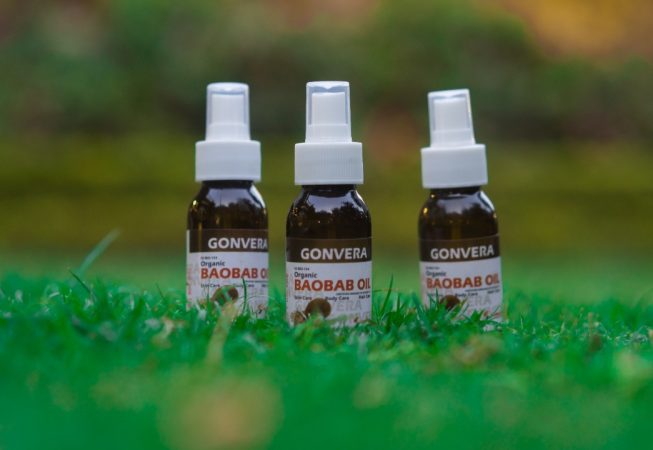Baobab Oil
Baobab fruit, composed of an outer shell, pulp and seeds, develop five to six months after flowering and are only produced once the tree is at least over seventeen years old[1]. A mature tree can produce up to 30kg of fruit, the seeds within these contain up to 19% oil. The most prominent qualities of Baobab oil are its high vitamin C content and the fact that its B-Carotene content is over seven times that of corn oil. The combination of these, and its other components (see Table.1), result in Baobab Oil improving skin elasticity and regeneration (including blemishes), effectively treating dry skin and eczema, as well as having anti-inflammatory properties.
These characteristics, and the fact that Baobab oil does not clog pores and can be stored longer, and be blended more easily with other essential and fixed oils, has led to the growth of a small cosmetic focused export industry for Baobab oil. The oil is sold neat but is more commonly included in small quantities (2-3%) within cosmetics products such as body moisturisers, solid and liquid soap, bath foam and massage oil. The use of Baobab oil in these products fits the current demand for natural innovative beauty products; there is also space for Baobab oil to be used in cosmetic products that are focused on UV protection and anti-ageing
[1]In Sudan Baobabs have been recorded as flowering from May – July, producing fruit from August – October (Gebauer, J et al, 2002

